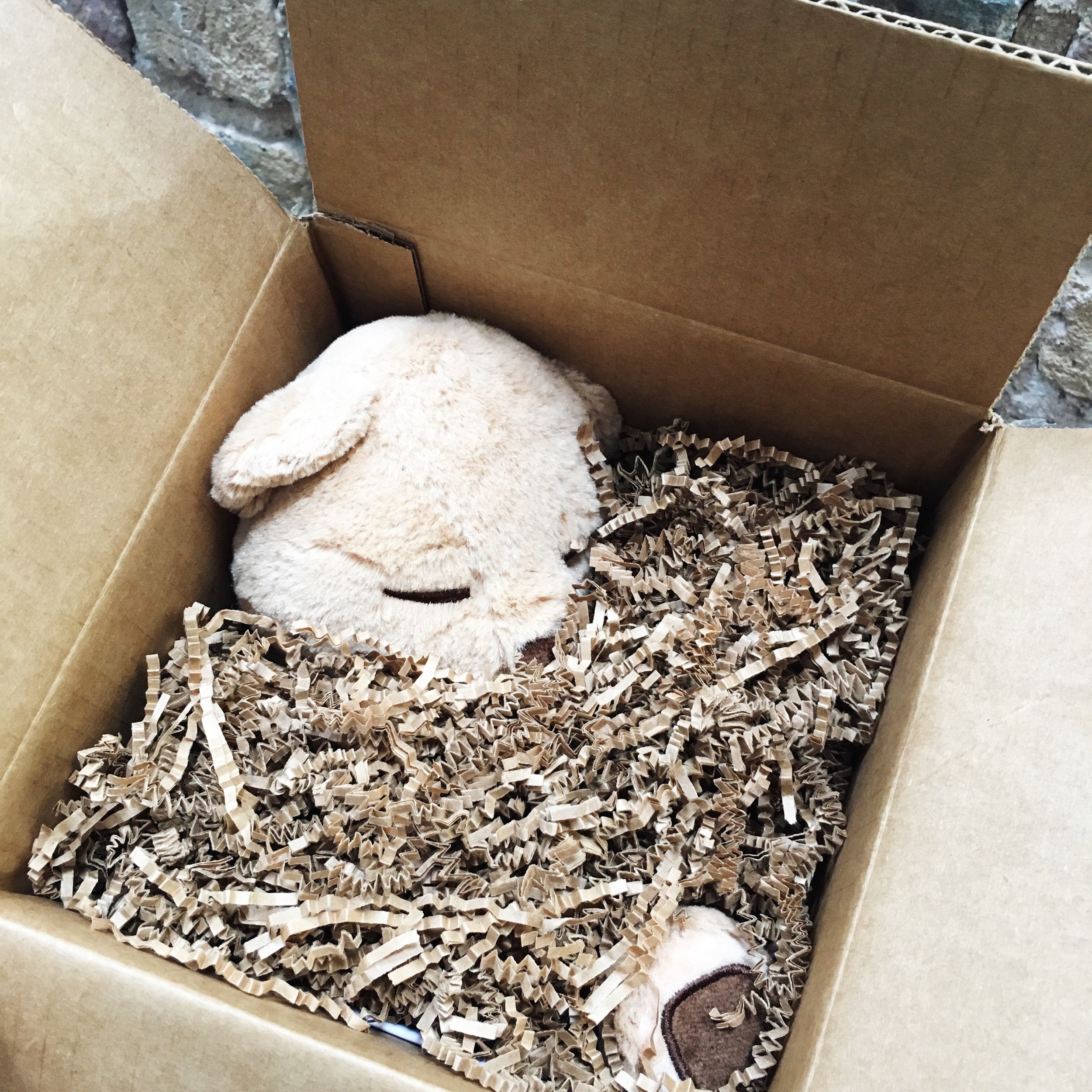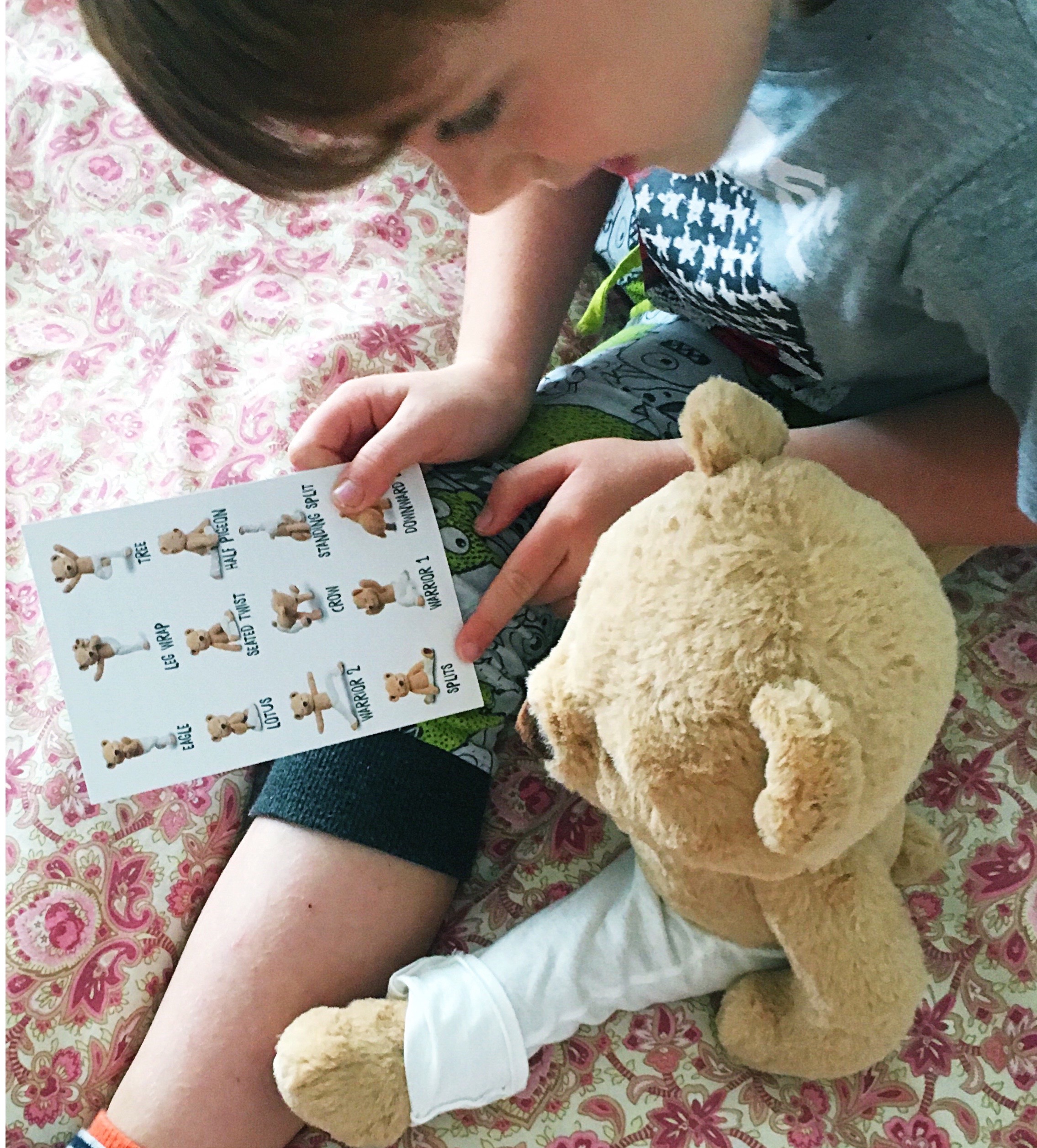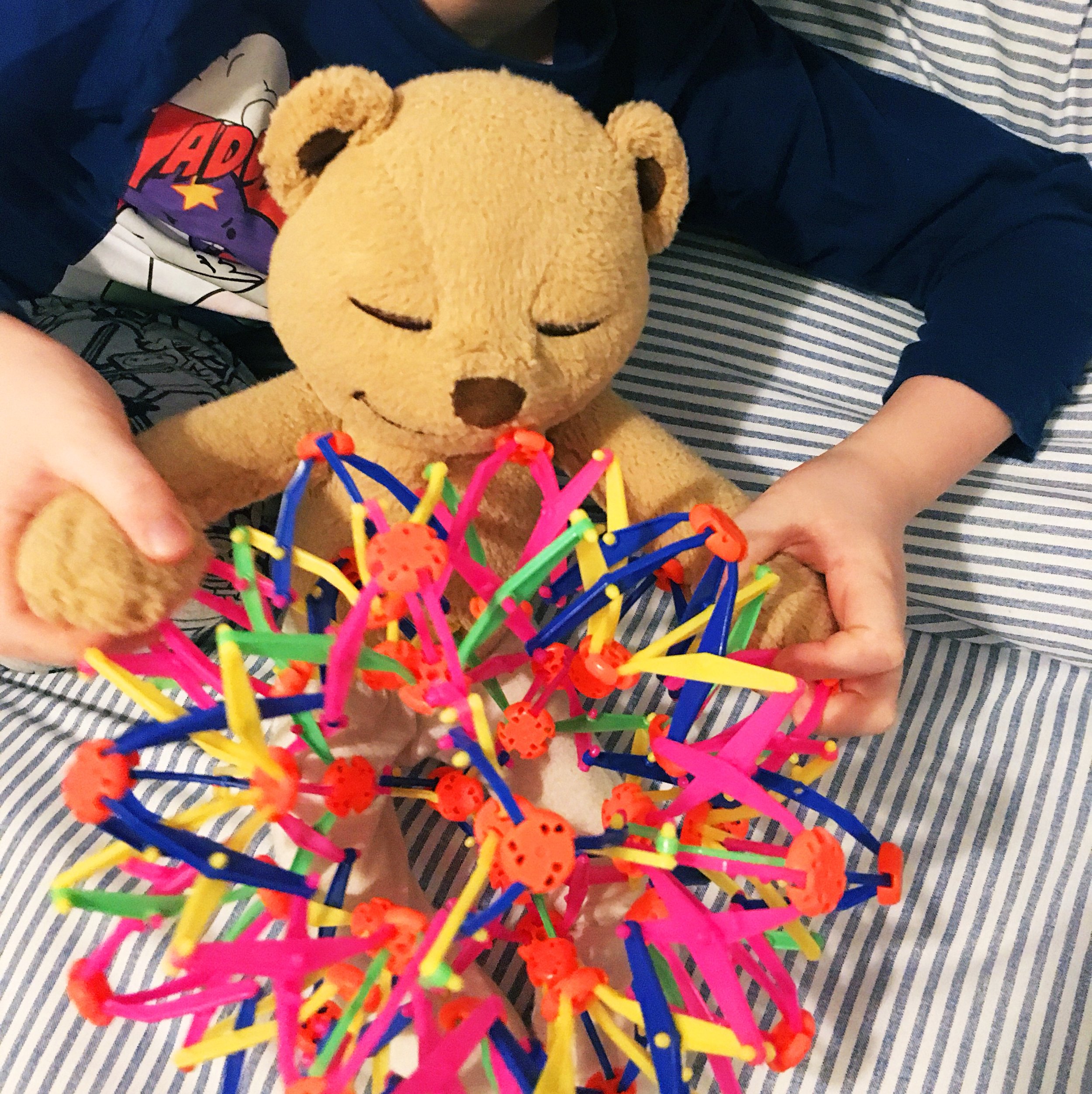Mindful Practice & Motherhood
When I started practicing mindfulness I quickly realised that some people are more naturally mindful than others. My daughter especially has taught me alot in expressing gratitude, being present and being an attentive listener. She doesn't tend to dwell in the past or worry about things that may or may not happen she just focuses on the now...what's happening at presnt in her life. Mindfulness-based practices can help children calm down, become more focused, fall asleep more easily, alleviate worry, manage anger, and generally become more patient and aware.
I, on the other hand, needed more guidance. Before starting my MBSR programme I would have tended to worry about everything and anything. I would often wake up in the mornings and think - "what have I to worry about today?...I remember my worrying at it's worst when I became a mum for the first time. It was back in 2005 when my design agency was also at it busiest period so I had alot going on. I would wake up some mornings and straight away start thinking..."has Fay (my daughter) everything she needs for creche? Will she be okay going in? What if she get's upset? What will I wear today? What's the weather like out? Have I any meetings? What will we do for dinner later? Have I defrosted the meat? Will Fay miss me at creche? What will I get Aileen for her birthday? What jobs have I on today????...the list was endless and that was even before I sat up to get out of the bed!
Having a creative mind means it's naturally active. I'm very visual in my thoughts so I would often visualise a situation or a certain scenario that might never ever even happen. I still do this but now I am aware of this and the more I practice the more I can recognise what I am doing and bring myself back to the present as they are just thoughts.
My son was 5 when I started my course so by then his little personality was developing and I could see his similarities with me in that he had a creative mindset and tendencies to worry about things alot more than my daughter had ever done. Thankfully instead of saying to him "Oh you're a worrier like me" I now had the tools to be able to say "worries are just thoughts about things that may never happen... I get those thoughts too" When he started to complain about pains in his tummy going to school instead of saying "What's wrong with you?" or "Okay I'll give you a spoon of Calpol" I was now able to say "Do you have pains? That's okay...let's figure out what's causing them..."
I also discovered from both research and a conversation with my GP that when a child rubs their tummy and doesn't point to a specific spot just the general area that it is more often than not a feeling of anxiousness that they are experiencing. I this case we soon discovered through acknowledging my sons feelings and talking about it that he didn't want to go to school as he told me he missed me. After reassuring him that it was okay to feel like he was feeling and that he needed to go to school to learn he started to feel better and the pains started to go. The more we can teach children that all their feelings are okay the more they will be able to express them.
A GENTLE APPROACH
How you introduce it into their lives all depends on their age and what I was conscious of with my son who was approaching 5 at the time was I didn't want it to be forceful or I didn't want him ever saying "oh no...she's making me meditate!" because that would go against everything I now believe in and against what it is all about. With my daughter, the fact that she was older and naturally mindful, it was easier. She was so open to sitting with me and practicing meditation, in fact now, 3 years later she goes to sleep every single night - even when we have been on holidays (the only time she misses it is when she has a sleepover with her cousin or friends).
This meditation is called The Balloon Ride and is available on You Tube.
Sitting Still Like a Frog by Eline Snel
SITTING STILL LIKE A FROG
As I was going to practice mindfulness myself it felt natural to introduce mindfulness to both of my children and this also happened naturally as I became more aware and present. It becomes a natural progression when you practice that those close to you see the benefits. I also felt that I needed some extra help from books as I wanted to make it as engaging as possible for my then 5 year old. I did some research and came across a book called Sitting Still Like a Frog by Eline Snel which also included a 60-minute audio CD of guided exercises read by Myla Kabat-Zinn (who along with her husband, Jon Kabat-Zinn, founded MBSR so it instantly attracted my attention).
This easy to read little book is full of engaging exercises and meditations that you can do with your child in a way that also makes it fun. I did find it challenging to use at the start as being a working mum I found that the only time I could really use it with my son were in the evenings after dinner which meant that he often resisted as he wanted to more visual stimulation like reading a story or watching tv as opposed to sitting down to listen to a meditation. He also knew that if he allowed his body to get sleepy that that meant it was bedtime! It was at that point in time a little too much too soon so now I tend to use it at weekends when we have some extra free time together and he loves it - the exercises are fun and above all are a great way of spending quality time together which in itself is the practice. he also really likes listening to the soothing voice of Myla Kabat-Zinn who talks you through the guided meditation exercises and it's a great way to chill out on a saturday afternoon.
I think this book should be in every classroom and would be a really effective tool for any teacher who wanted to introduce mindfulness to their class.
MEDDY TEDDY
I have to be honest and tell you that I wanted to buy this little dude as much for myself as I did for my son! Meddy Teddy is the cutest chilled out teddy you'll ever meet and has been such an effective visual reminder to me as much as he has been to my son! My daughter loves him too but my son has defintely been the one who has claimed ownership of him!
Every morning after I make my sons bead we place him sitting there so he greets my son every night and is a constant reminder to practice gratitude and Metta lovingkindness with either myself or my husband at bedtime (see below). My son has also brought him along to his yoga class and often has fun doing poses with him at home as he comes with his own little yoga pose flash card so my son enjoys bending him into each pose. Above all it's the calmness on Meddy Teddy's face that has had the biggest impact on all of my family as he gets brought everywhere as who wouldn't like to be around this furry, chilled out, furry little zen dude?! I bought mine directly from the Meddy Teddy website as they ship worldwide.
THE HOBERMAN SPHERE
My mindfulness teacher, Donna, told me about the Hoberman Sphere when I asked her advice about introducing mindfulness to children. Also known as the Breathing Ball and used by Yoga teachers, this is an isokinetic structure patented by Chuck Hoberman that resembles a geodesic dome that opens out into a phere and foldes back down to a fraction of it's normal size. Along with my son loving it's colours and using it to play with it is a great tool for teaching him about connecting to his breath. I usually get my son to breathe himself normally and I start to follow his breath with the sphere, as when you follow the breath for a few cycles, it will start to change on its own and also raises awareness as to how the breath can change.
We picked ours up at a market while visiting friends in cork but I just came across them from an irish website called Thinking Toys at the very reasonable price of €4.50!
HEADSPACE FOR KIDS
For me, I still feel guided meditation works best although I do practice unguided also and while I use guided recordings from my MBSR course I have also found the HEADSPACE App as a very effective way of encouraging me to meditate. There is also a section in the app for kids which I find is excellent and both my kids love using it - especially the sleep ones that can be from as little as 1, 3 or 5 minutes long.
GRATITUDE & METTA LOVINGKINDNESS
Along with these gentle reminders and some MoMe Cards in his bedroom I have also introduced mindful eating into mealtimes where we they get to describe the textures and sensations of the food they are tasting. Again, I will do a separate blog post soon on this practice. Or at night time I often will ask how his hands feel under the water as he is washing them.
One of the most effective Mindful exercises I have introduced with both of my children is practicing Gratitude and Metta Lovingkindness each night. With my son, I just start off by telling him 3-5 things I am grateful for and then he tells me 3-5 things he is grateful for and on the nights he has more energy he will start first! We follow that by practicing Metta Lovingkindness which is a little meditation prayer that helps send positive and healing energy to himself and people in other places - even to a friend or a classmate who might have upset him at school that day. This not only shows him self-love but also teaches him about compassion for others. It goes as follows:
"May I be happy and peaceful,
May I be healthy and strong,
May I be safe from inner and outer harm,
May I live with ease"
He then goes on to say:
"May You be happy and peaceful,
May You be healthy and strong,
May You be safe from inner and outer harm,
May You live with ease"
He also sends his wishes to other favorite objects such as his toys and stuffed animals and it's repeated to whoever he wants to direct it to - depending on how late it is and or how tired he is - or I am!
THE BEST THING YOU CAN GIVE IS YOU
All in all the best gift of mindfulness we as parents can give our children is the gift of being present. Really being there with them when we are sitting with them or playing a game with them and not letting our minds wander off to something we need to do in an hour or something we may have said to someone at work. They really notice it when we are really listening to them and are aware from a very young age the difference between our eyes looking at them when they are telling us something and our eyes looking at our phones instead.
By bringing awareness to mindful practice in your every day life it will also start to bring benefits to your children's life without striving or trying too hard to introduce it, it will just start to happen and you will start to notice the benefits. The last thing I would ever want is for my children to think of mediation as something they had to do or that they had to think a certain way.
As they are both growing and changing I know that what they have learned so far from mindfulness will give them both a calmness an clarity that will continue to benefit them for many years to come.








